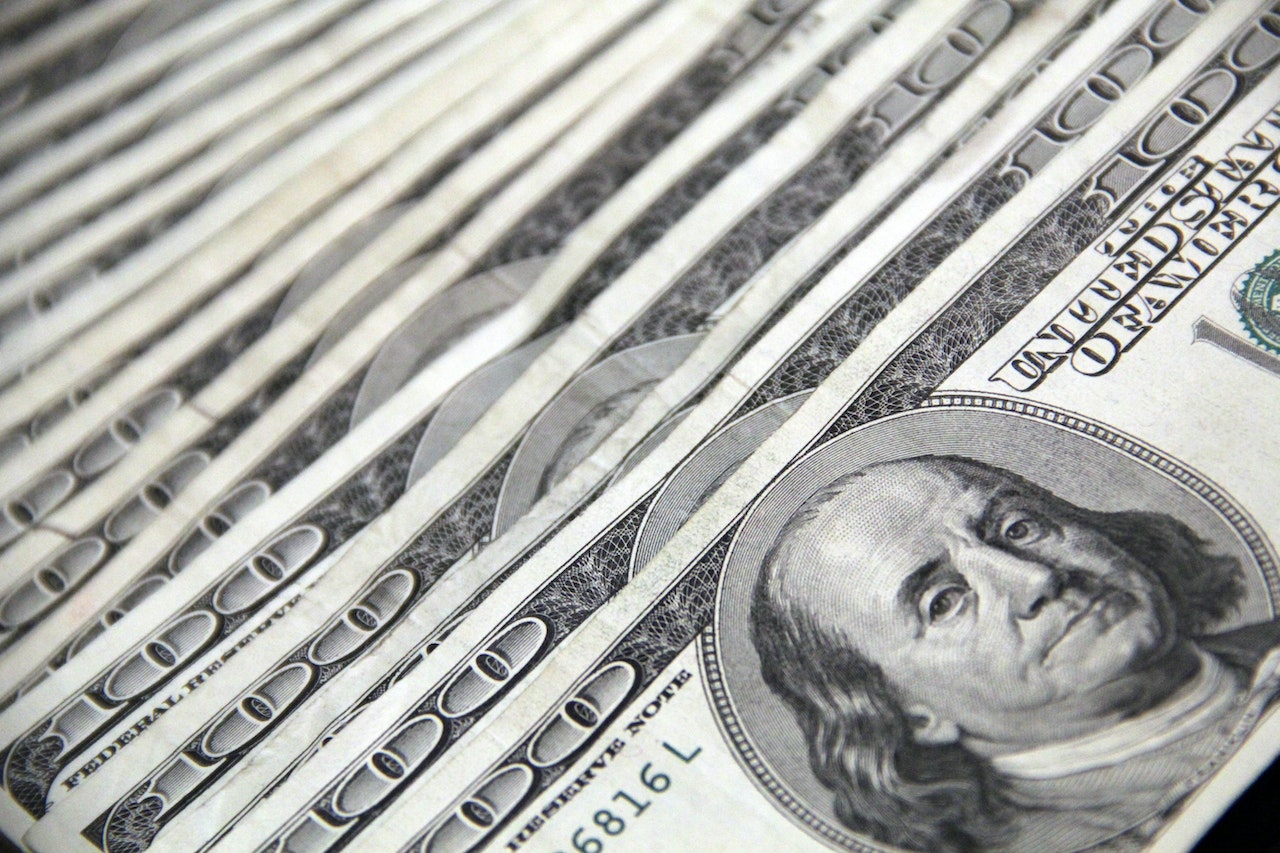Student Loan Forgiveness Programs in the US: An In-Depth Guide
The burden of student loan debt is a significant issue faced by millions of Americans, hindering their financial stability and inhibiting their ability to achieve their life goals. In response to this crisis, the US government has created various student loan forgiveness programs to alleviate the burden and provide relief to borrowers. In this in-depth guide, we will explore these programs, their eligibility requirements, and how they can benefit students and graduates.
1. Public Service Loan Forgiveness (PSLF) Program:
The PSLF program is designed for individuals working in the public sector, including government and non-profit organizations. To qualify, borrowers must make 120 qualifying payments while working full-time for an eligible employer. After meeting these requirements, the remaining balance on their Direct Loans is forgiven. This program offers significant benefits to those pursuing careers in public service, as they can continue their work without the constant worry of overwhelming student loan debt.
2. Teacher Loan Forgiveness Program:
This program aims to incentivize individuals to enter and remain in the teaching profession. Teachers can qualify for loan forgiveness of up to $17,500 on their Direct Subsidized and Unsubsidized Loans or Subsidized and Unsubsidized Federal Stafford Loans. Eligibility requirements include teaching full-time for five consecutive years at a low-income school or educational service agency, among other criteria. This program provides valuable support to educators who often face low salaries and high student loan debt burdens.
3. Income-Driven Repayment Plans:
Income-Driven Repayment (IDR) plans are not direct forgiveness programs but can lead to eventual loan forgiveness. These plans calculate monthly payments based on a borrower’s income and family size, making them more affordable for those with lower incomes. After making qualifying payments for 20 or 25 years, depending on the plan, any remaining balance can be forgiven. This program is especially beneficial to borrowers with high debt-to-income ratios who may struggle to make their monthly payments.
4. Perkins Loan Cancellation:
The Perkins Loan Cancellation program is specifically for borrowers with Federal Perkins Loans. It offers loan forgiveness for individuals working in specific fields such as teaching, public service, law enforcement, and healthcare. The amount of cancellation depends on the length and type of service. This program provides targeted relief to borrowers with Perkins Loans, allowing them to pursue careers in critical areas where their skills are needed the most.
5. Closed School Discharge:
In the unfortunate event that a borrower’s school closes while they are enrolled or shortly after they withdraw, they may be eligible for a discharge of their federal student loans. This discharge relieves borrowers from the obligation to repay their loans. It is crucial to act promptly and follow the necessary steps to ensure eligibility for this program.
Understanding these forgiveness programs is essential for borrowers seeking relief from their student loan debt. However, it is crucial to note that each program has specific eligibility requirements and application processes. It is advisable to thoroughly research and consult with loan servicers or financial advisors to ensure accurate information and maximize the benefits available.

Leave a Reply